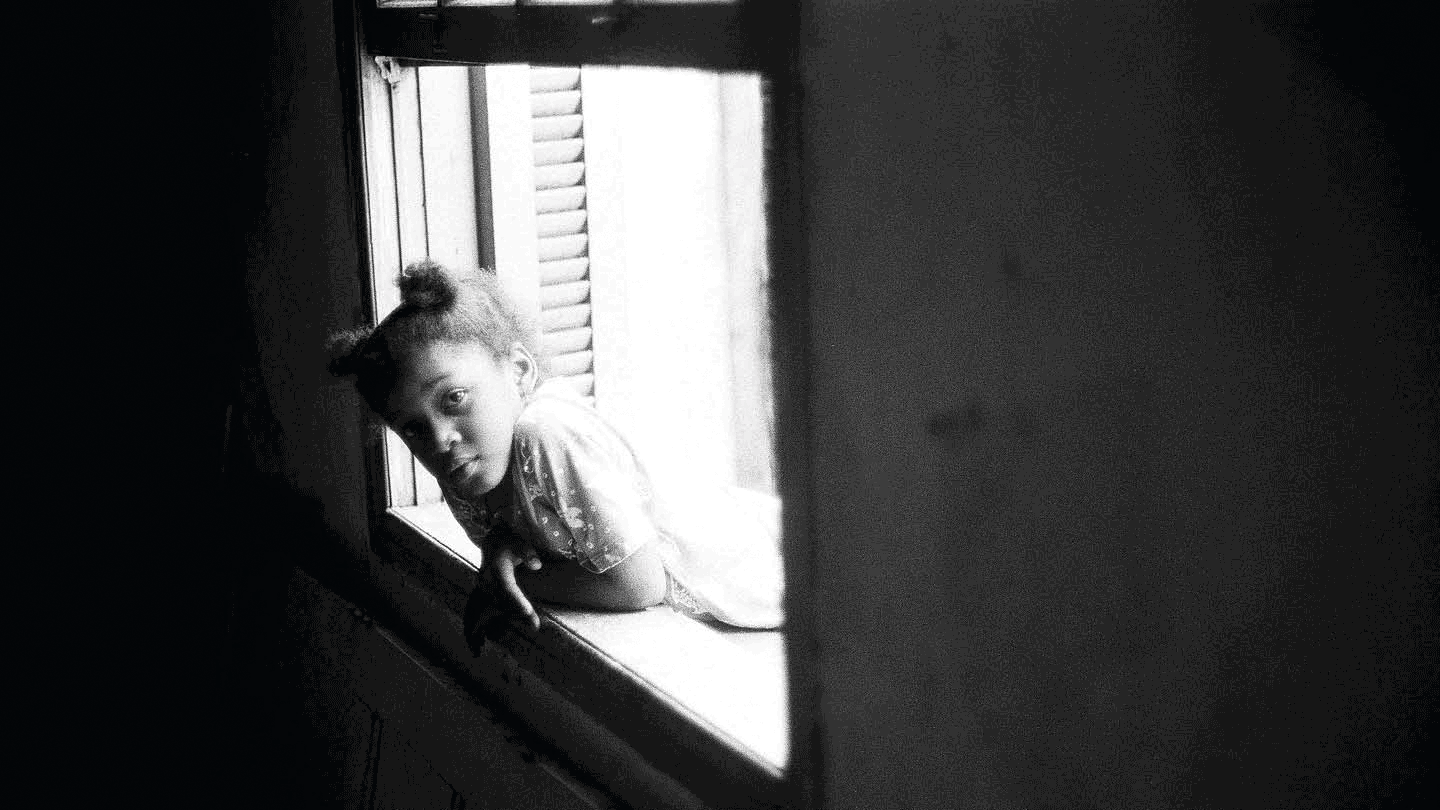Constelação Celestina
October 6, 2023–April 7, 2024
Bela Vista
Rua Doutor Plínio Barreto, 285
São Paulo-
01313-020
Brazil
In October, Sesc São Paulo started up activities at another location in the city of São Paulo: the Sesc 14 Bis unit, named after a nearby public square, in homage of the historic flying machine invented by Brazilian aviation pioneer Santos Dumont. For its part, the square was once the location of the Saracura Quilombo community of escaped slaves, and bears important memories of struggles and resistance movements in the city. That same district, Bixiga, is also home to the traditional São Paulo samba school, Vai-Vai.
In dialogue with these many histories and life experiences, Sesc 14 Bis is beginning its activities with a photographic exhibition called Constelação Celestina [Celestial Constellation], featuring 147 large-format black-and-white images by black documentary photographer Wagner Celestino (1952–). The show is curated by professor and visual artist Claudinei Roberto da Silva.
The exhibition covers more than 40 years of the artist’s production, with a selection of images that sensitively reveal the Afro-Brazilian cultural scene in the state of São Paulo—black people amidst everyday life, including portraits of tenements and the old guard of samba in the city of São Paulo and festivities, along with Carnival parades on Tiradentes Avenue and the Festival of São Benedito in Tietê (SP). Most of the photographs were taken between the late 1970s and early 2000s.
Wagner Celestino was born in 1952 in São Paulo’s Vila Matilde district. A self-taught artist and documentarist, he received informal training in workshops at Museu Lasar Segall in the late 1970s, and worked as a photographic reporter, with a special focus on São Paulo’s nightlife. Turning his lens toward the black community, he began doing work with a strong artistic thrust, portraying black women, men, and children in their everyday lives.
Replying to a question about his special interest in the art and history of Afro-Brazilians, the photographer is emphatic: “I hope my work can offer a concrete and positive contribution to this constant struggle against racism while also highlighting the relevance of our Afro-Brazilian popular culture, considered by many reactionaries as a minor and marginal culture. I want my work to constitute a legacy of resistance to these intellectualized and racist deformations.”
In the curator’s view, Celestino’s work is “de-alienating”: “The body of his work proposes a debate concerning the issue of race in Brazil; bringing elements of his own biography to his photography, he produces images that escape the carnivalized idea of the black person,” Claudinei emphasizes. These characteristics can be observed in the various enlargements displayed in this solo show, such as the images from the Cortiços [Tenements] series (1988), featured here, which gave rise to the book Cortiços—uma realidade que ninguém vê [Tenements—A Reality Noone Sees], published in 1997 by Edições Loyola, sponsored by the NGO Associação APOIO and with preface by Dom Paulo Evaristo Arns.
These elements are also present in the series (anos 2000s) [the 2000s], consisting of portraits of the founders of samba schools in São Paulo and of the matriarchs of the old guard of samba, whom Claudinei associates with the “black madonnas” of Lasar Segall’s paintings. Religious syncretism also emerges in the photos taken at the Festival of São Benedito, in the city of Tietê (1997), in the interior region of São Paulo state: “(…) That expressionist light [in Wagner Celestino’s work], an almost silvery light of his analog photography, is very close to the practice of metal engraving,” the curator says.
Constelação Celestina features portraits of anonymous mothers and children, anonymous people at the Rio Doce Fair in Olinda (1990), photos of the author’s family, such as his daughter (2014) and son (1997), his father and uncle (n.d.), and images of the city of Paranapiacaba (2008)—the latter being the only ones that diverge from the genre of portrait and yet cultivate a similar melancholy, with their play of shadows in the landscape and the chiaroscuro of the enlargement.
Capping off the exhibition there is a series from the artist’s recent production composed of 48 never-before-shown portraits of residents of Bixiga and members of Vai-Vai, members of the Marieta Cultural Center and of the Pastoral Afro of Achiropita, all key institutions active in this region of the city.



